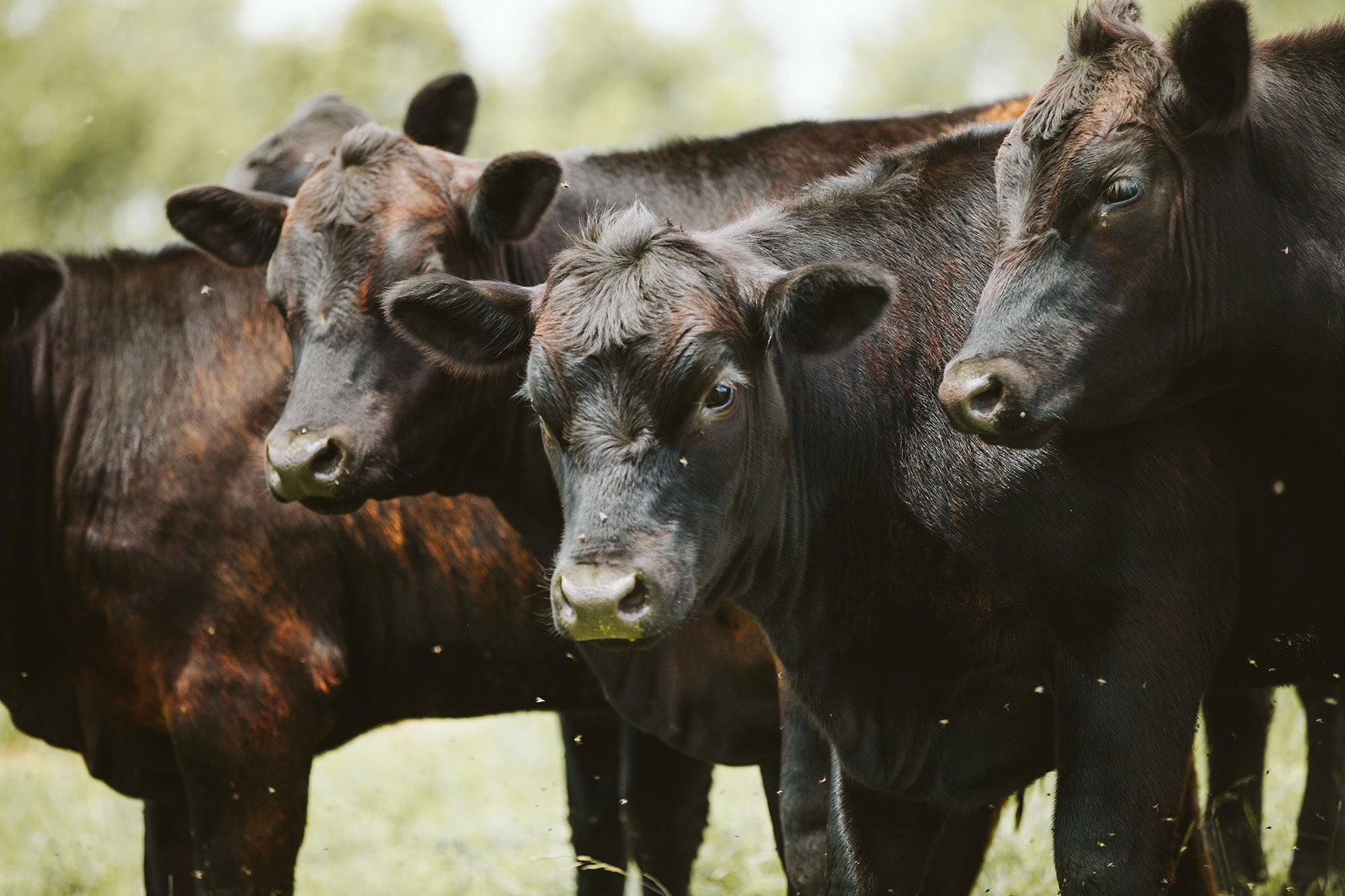As summer ends, many Americans are firing up their grills for one last cookout. However, while the season typically sees a drop in demand for beef, this year, prices may stay elevated due to a tight cattle supply. According to Bernt Nelson, an American Farm Bureau Federation economist, consumers might notice a slight dip in retail beef prices, but any relief is likely to be minimal.
In July, beef prices hit unprecedented levels, with the USDA’s Economic Research Service reporting that the all-fresh beef value surpassed $8 per pound for the first time. “Beef prices set records in the month of July,” Nelson said. “The all-fresh value for July was $8.15 per pound. This is significant because it’s the first time in the history of data collection that the all-fresh average has moved above $8.”

The high prices are largely driven by a low cattle inventory, a situation that has been developing over several years. The cattle production cycle is lengthy, and as prices have increased, farmers have had economic incentives to continue selling cattle rather than holding onto them for future growth. This has prolonged the contraction phase of the cattle cycle, further tightening supply.
Nelson explained that while consumers may be paying more at the meat counter, the increase doesn’t necessarily translate to higher profits for farmers. “A farmer will see about 34 cents of every retail dollar when it comes to beef production,” he noted. “But we’re still not seeing really strong profitability here. The packer is really seeing the largest market share, and the farmer has the least control out of all ends.”
As cattle supply remains tight and obstacles to growth persist, the elevated prices are expected to continue. Consumers may see some temporary relief in their grocery bills, but the underlying issues in the beef market suggest that high prices will be the new norm, at least for the foreseeable future.


